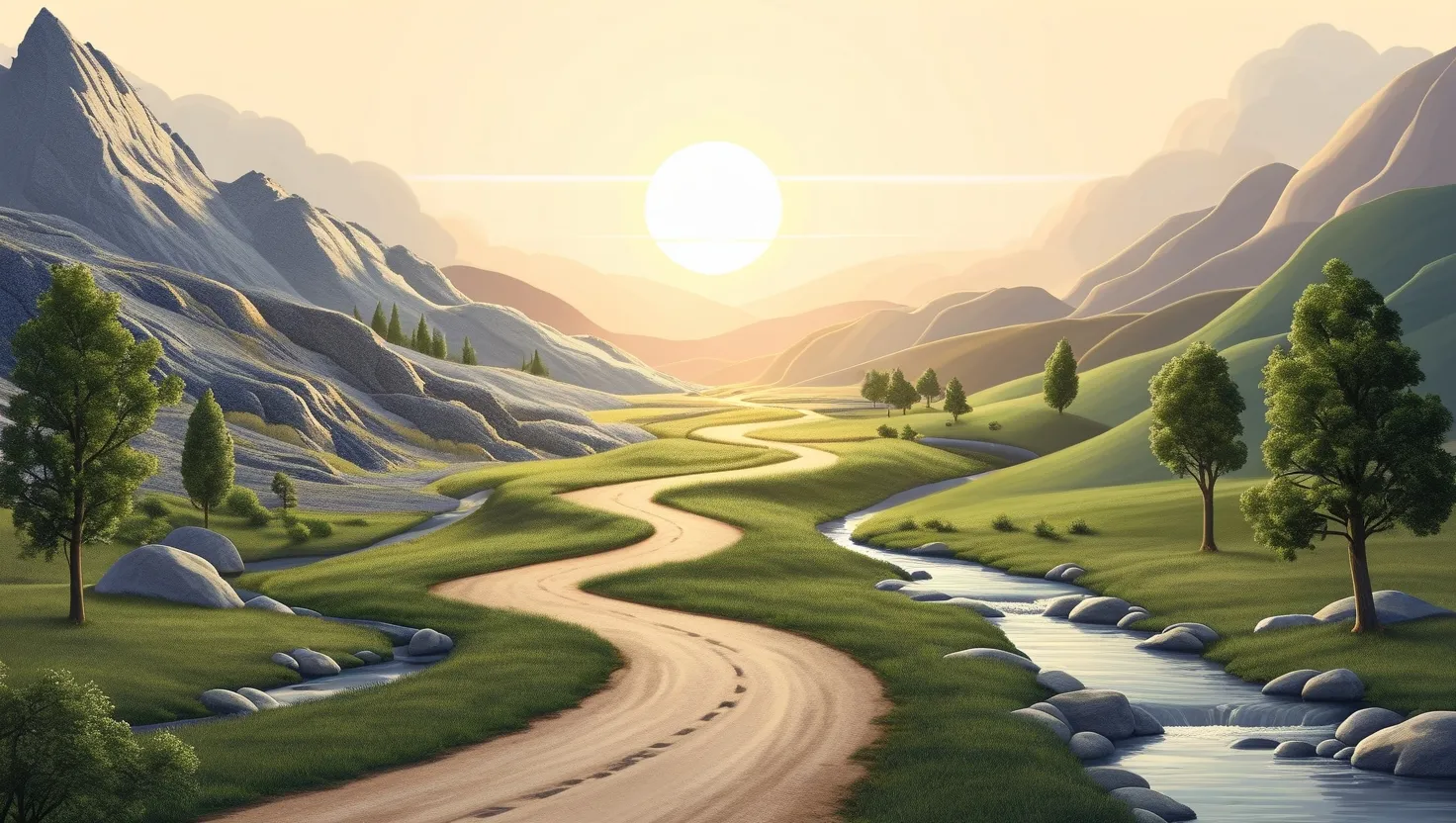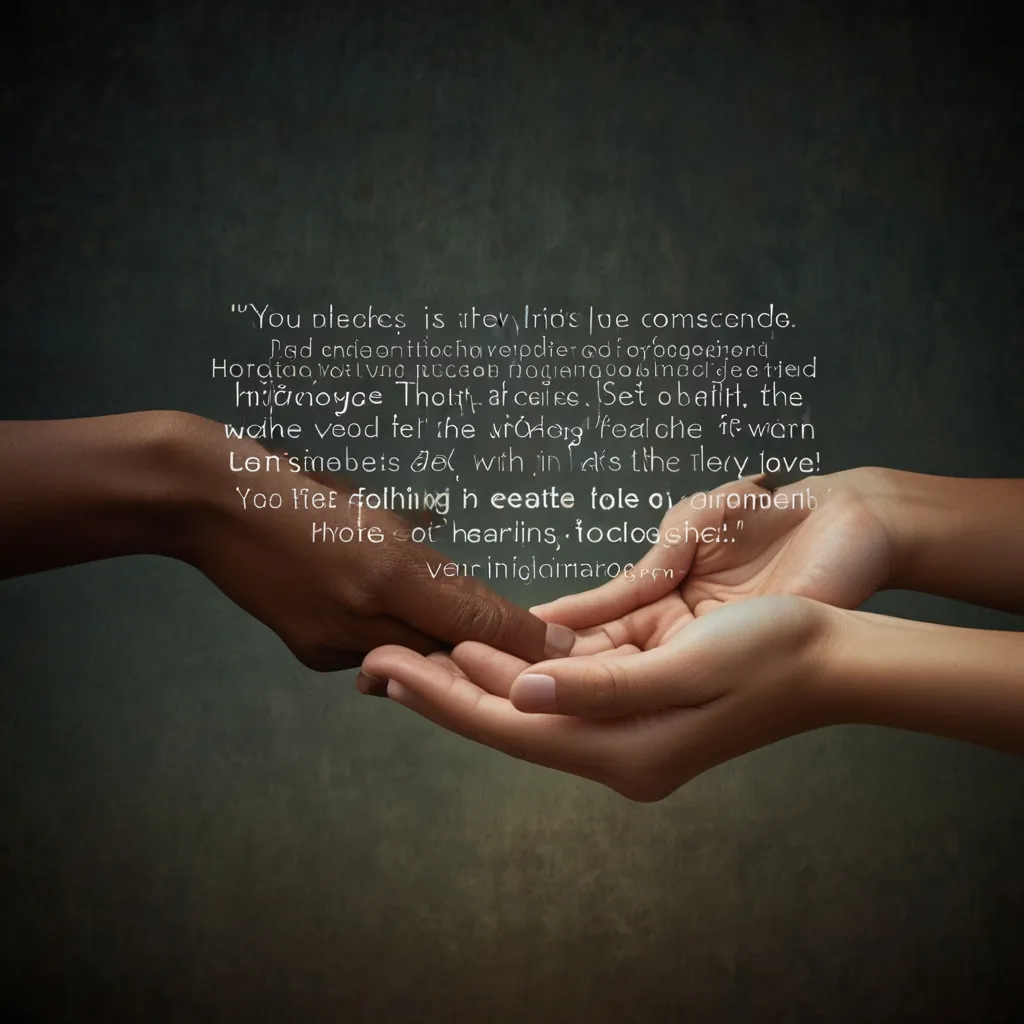So far, we’ve mainly explored Sufi orders from the East, like the Naqshbandi and Qadiri orders in Central Asia. Today, we’re shifting focus to North Africa to dive into one of the most influential Sufi orders: the Shadhili order. Known as the Chadhili order in North Africa, it has attracted followers not just from this region but also from Europe and North America in recent times. This order is famed for sticking closely to Islamic law and tends to attract highly intellectual individuals and scholars.
Let’s start with the origins of the Shadhili order, a story intertwined with the beginnings of Sufism in North Africa, or the Maghrib. This region includes modern-day Morocco, Algeria, Tunisia, and parts of southern Spain. Early forms of Sufism, often called Ta’ifas (fellowships), were more about personal renunciation and saintly authority than the structured orders seen in Eastern Islam. Individual mystics were more common, and while some Eastern Sufi literature influenced this region, the local practices developed unique characteristics, such as a robust focus on altruism and mystical practices.
The Shadhili order began with Abu’l Hasan al-Shadhili, born in northern Morocco at the end of the 12th century. He studied initially in Fez, the intellectual heart of Morocco, before traveling east in search of a spiritual guide. After a brief stint in Egypt, he returned to North Africa and found his true master, Abd al-Salam Ibn Mashish, in Morocco. Following his initiation, al-Shadhili settled near Tunis, where he became a beloved spiritual guide. Eventually, he moved to Alexandria, Egypt, and continued his work until his death in 1258.
While charismatic and prolific as a teacher, al-Shadhili didn’t leave much written material. The litany known as Hisnul Bahr is the most notable prayer attributed to him. His influence was perpetuated mainly through his disciples, notably Abu’l Abbas al-Mursi and Ibn Ata Allah al-Iskandari. Ibn Ata Allah was particularly instrumental in turning the teachings and charisma of al-Shadhili into a structured Sufi order. His works, like the Kitab al-Hikam (Book of Wisdoms), became central texts for Shadhili followers.
The Shadhili order evolved into two main branches: one in Egypt and Alexandria led by Ibn Ata Allah, and another in the Maghrib. Both branches diversified, with some adopting more local practices and others staying aligned with the Eastern Sufi traditions. One sub-branch that stands out is the Shadhili-Darqawi order, founded by Muhammad al-Arabi al-Darqawi. This branch became prominent globally and attracted many Western followers.
The order’s ability to adapt and diversify allowed it to spread widely. The teachings focused on typical Sufi practices like Dhikr (remembrance of God) and emphasized a ‘sober’ approach, avoiding more ecstatic rituals while adhering strictly to Islamic law. This flexibility likely contributed to the order’s appeal among Western scholars and intellectuals in the 20th century.
Notable Western followers include the Swedish painter Ivan Aguéli and scholars like René Guénon and Frithjof Schuon, who contributed to the traditionalist school of thought, emphasizing a universal, perennial wisdom in all true religions, with Sufi Islam being the most developed expression.
In sum, the Shadhili order has not only survived for almost 900 years but has also significantly influenced both North African and global Islamic mysticism. Its roots in spiritual authority, combined with a flexible, adaptive approach, have allowed it to remain relevant and impactful through the centuries. This enduring legacy makes the Shadhili order one of the most important Sufi traditions in history.






